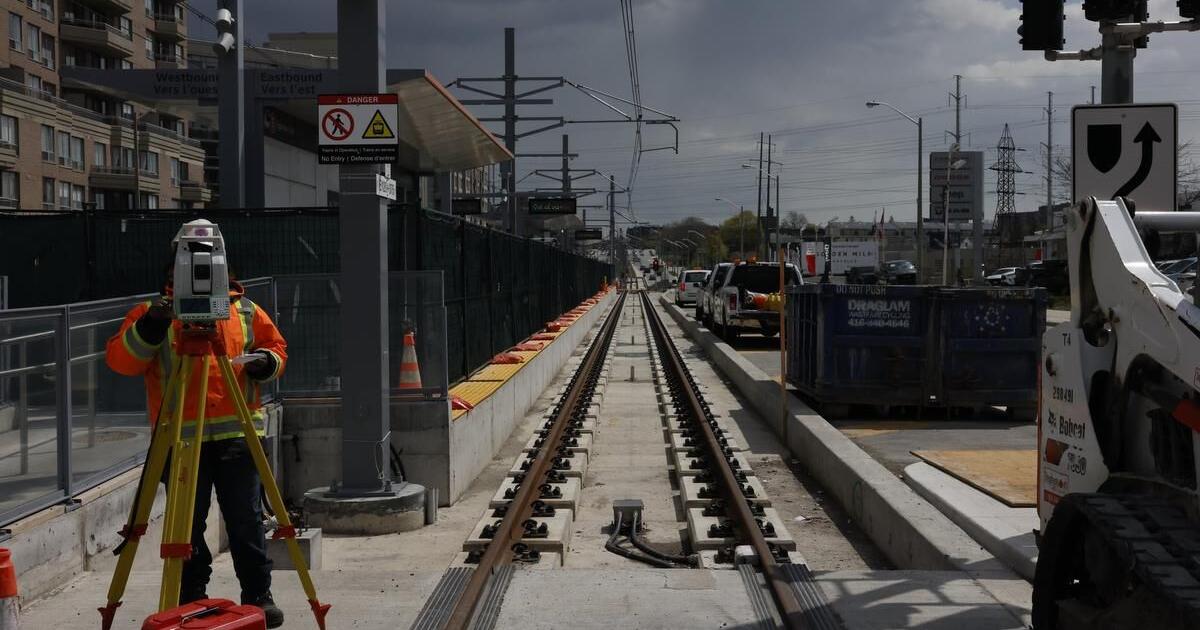cplchanb
Senior Member
honestly why the slow order? cars cross faster than that normally... just red tape BS from brainless city servantsThe issue is not for the intersection that has LRT stops, but rather ones that don't have stops. If there's a Green light, the LRVs need to slowdown to 25km/h while crossing the intersection. This greatly slows down the overall average speed of the surface section.
does Ivan know a contact from city services that can answer that question?





